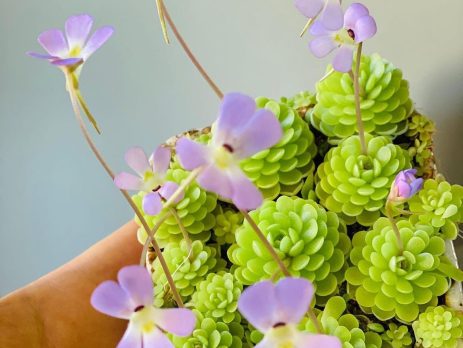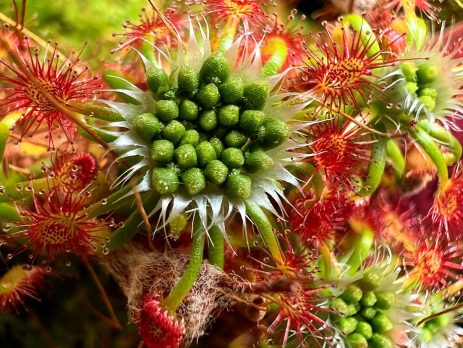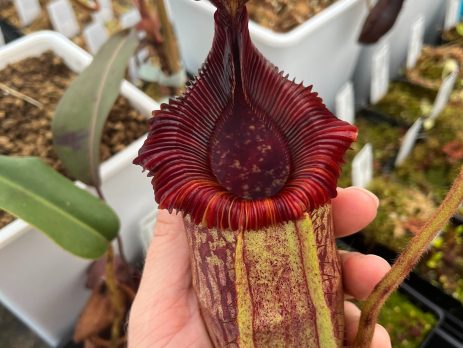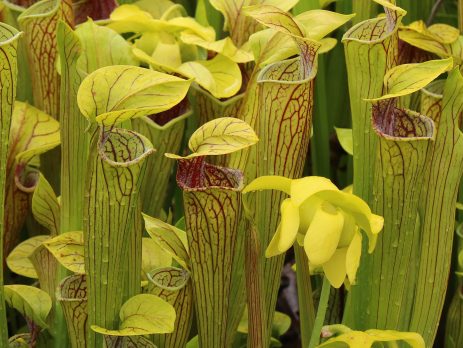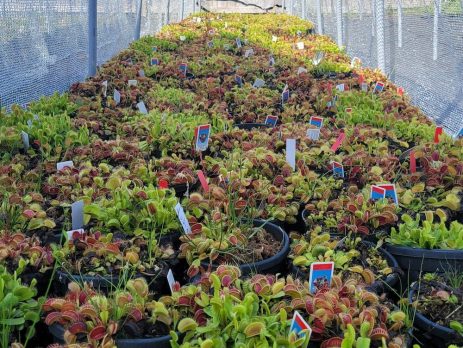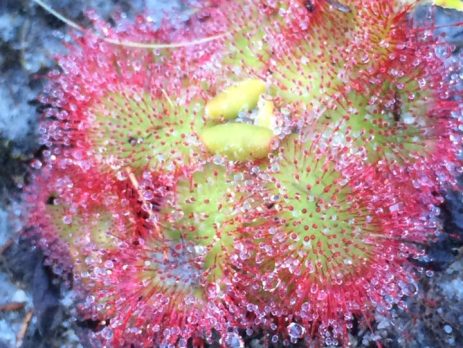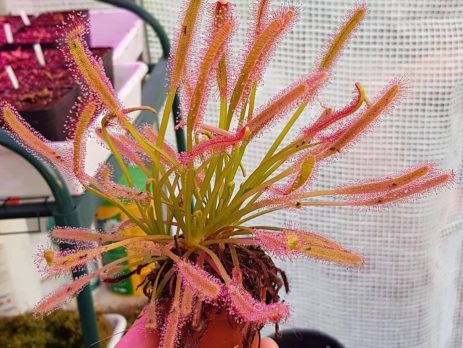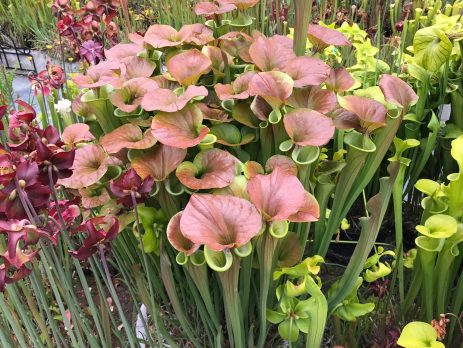Tropical Pitcher Plants (Nepenthes) Growing Guide
Sun: Most Nepenthes thrive in very bright, diffused light or partly sunny conditions. Many can be easily grown on a sunny windowsill. Terrariums with high-powered fluorescent lights are ideal; we recommend using four T-5 lights. Water: In greenhouses, avoid using the tray method of watering entirely. Instead, place containers on benches or hang them so water can freely drain away. In terrariums and on windowsills, place the pot in a shallow saucer and water overhead as soon as the water in the saucer...


